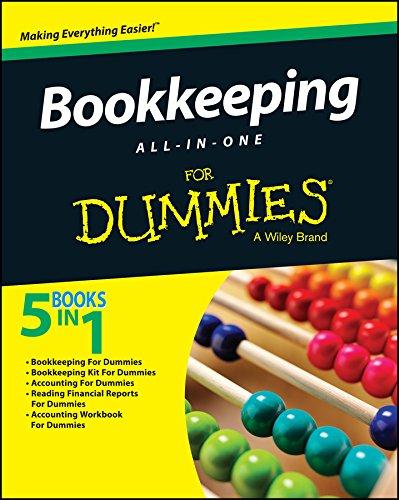Question
The answers to my question is in the second section that I provided, but I cannot figure out which numbers were used in the calculations.
The answers to my question is in the second section that I provided, but I cannot figure out which numbers were used in the calculations. How were the taxes, NPAT, and cash flows calculated? Are these answers correct? They came from the textbook so I assume that they are, but I cannot figure out how they came to these answers. The numbers I am questioning are in bold.
| A firm is considering renewing its equipment to meet increased demand for its product. The cost of equipment modifications is | ||||||||||
| $1.9 million plus $100,000 in installation costs. The firm will depreciate the equipment modifications under MACRS, using a 5-year recovery | ||||||||||
| period. Additional sales revenue from the renewal should amount to $1,200,000 per year, and additional operating expenses and other costs | ||||||||||
| (excluding depreciation and interest) will amount to 40% of the additional sales. The firm is subject to a tax rate of 40%. (Note: Answer the | ||||||||||
| following questions for each of the next 6 years.) | ||||||||||
| What incremental earnings before interest, taxes, depreciation, and amortization will result from the renewal? | ||||||||||
| What net incremental operating profits after tax will result from the renewal? | ||||||||||
| What net incremental operating cash flows will result from the renewal? | ||||||||||
| Cost of modification | $ 1,900,000.00 | |||||||||
| Installation cost | $ 100,000.00 | |||||||||
| Total | $ 2,000,000.00 | |||||||||
| Year | Depreciation | |||||||||
| 1 | 20.00% | $ 400,000.00 | ||||||||
| 2 | 32.00% | $ 640,000.00 | ||||||||
| 3 | 19.00% | $ 380,000.00 | ||||||||
| 4 | 12.00% | $ 240,000.00 | ||||||||
| 5 | 12.00% | $ 240,000.00 | ||||||||
| 6 | 5.00% | $ 100,000.00 | ||||||||
| Additional sales from renewal | $ 1,200,000.00 | |||||||||
| Additional operating expenses and other costs | $ 480,000.00 | |||||||||
| Incremental profits before interest, taxes, | $ 720,000.00 | |||||||||
| depreciation, and amortization | ||||||||||
| Tax Rate | 40% | |||||||||
a. Additional sales revenue = $1,200,000
Operating expenses and other costs = 40%$1,200,000 = $480,000
Incremental earnings before depreciation and tax =$1,200,000 - $480,000
=$720,000 each year
b. PBDT = Profits before depreciation and taxes NPAT =Net profits after taxes
NPBT =Net profits before taxes
Year | (1) | (2) | (3) | (4) | (5) | (6) | |||||
PBDT | $720,000 | $720,000 | $720,000 | $720,000 | $720,000 | $720,000 | |||||
Depr. | 400,000 | 640,000 | 380,000 | 240,000 | 240,000 | 100,000 | |||||
NPBT | 320,000 | 80,000 | 340,000 | 480,000 | 480,000 | 620,000 | |||||
Tax | 67,200 | 16,800 | 71,400 | 100,800 | 100,800 | 130,200 | |||||
NPAT | 252,800 | 63,200 | 268,600 | 379,200 | 379,200 | 489,800 |
- Cash Flow = NPAT + depreciation
Cash flow | (1) $652,800 | (2) $703,200 | (3) $648,600 | (4) $619,200 | (5) $619,200 | (6) $589,800 |
Step by Step Solution
There are 3 Steps involved in it
Step: 1

Get Instant Access to Expert-Tailored Solutions
See step-by-step solutions with expert insights and AI powered tools for academic success
Step: 2

Step: 3

Ace Your Homework with AI
Get the answers you need in no time with our AI-driven, step-by-step assistance
Get Started


